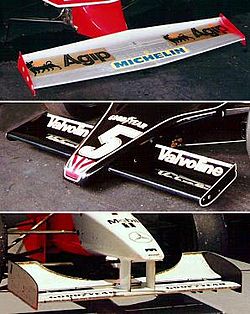With the season just one race old and with very little to be learnt in such a short space of time why is it then that Martin Whitmarsh feels the need to press the panic button? Does he have a point? Is there really a problem with the tyres this season or is it better to wait for the new supplier to come in next year anyway?
http://www.autosport.com/news/report.php/id/82145
I'm of the opinion that once again people are trying to cover up one mistake by making another. If there was more than one suppliar in F1 then there would be more variation in compounds and strategies. By mandating 2 pit stops how will that improve anything? They may as well never bothered to drop fuelling if that was the case.
I do agree with Whitmarsh when he says that tyre wear rates seem too low but then why would Bridgestone want to design a tyre that wears out at all. When supplying tyres to every team on the grid they have to be certain that the wear rates are as consistant as possible for all 12 teams. After that it's up to the teams to maximise the grip levels. These tyres are always going to be at the conservative end of the spectrum.
I believe the best option would be to let the teams decide what's best for their weekend by giving them the option of all 4 of Bridgestones compounds and scrapping the rubbish two tyre compounds during the race rule.
http://www.autosport.com/news/report.php/id/82145
I'm of the opinion that once again people are trying to cover up one mistake by making another. If there was more than one suppliar in F1 then there would be more variation in compounds and strategies. By mandating 2 pit stops how will that improve anything? They may as well never bothered to drop fuelling if that was the case.
I do agree with Whitmarsh when he says that tyre wear rates seem too low but then why would Bridgestone want to design a tyre that wears out at all. When supplying tyres to every team on the grid they have to be certain that the wear rates are as consistant as possible for all 12 teams. After that it's up to the teams to maximise the grip levels. These tyres are always going to be at the conservative end of the spectrum.
I believe the best option would be to let the teams decide what's best for their weekend by giving them the option of all 4 of Bridgestones compounds and scrapping the rubbish two tyre compounds during the race rule.





